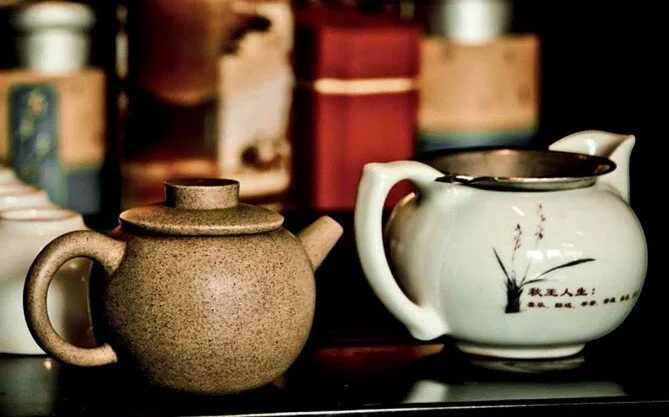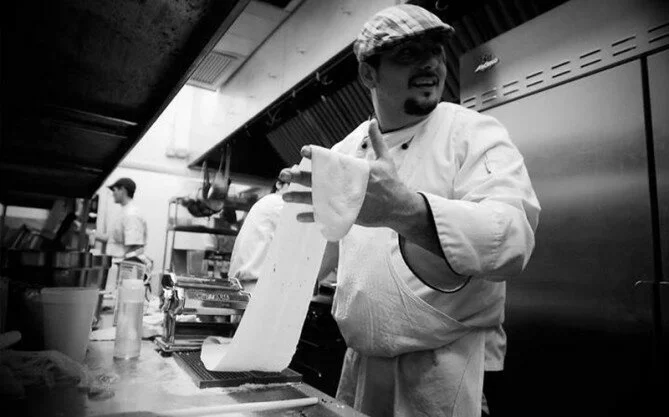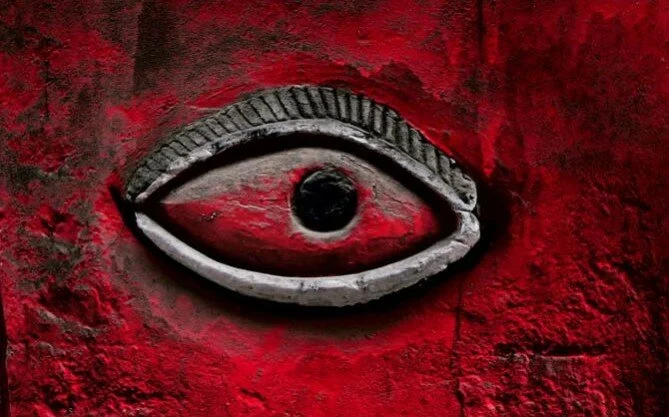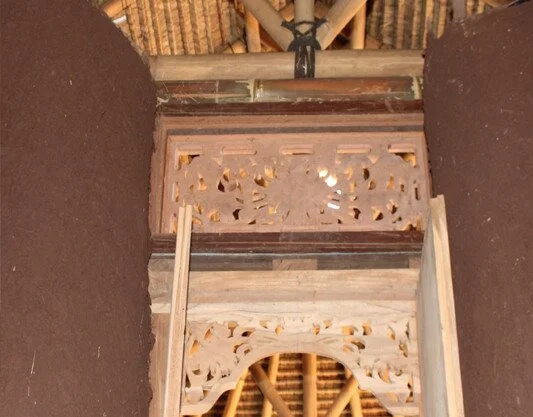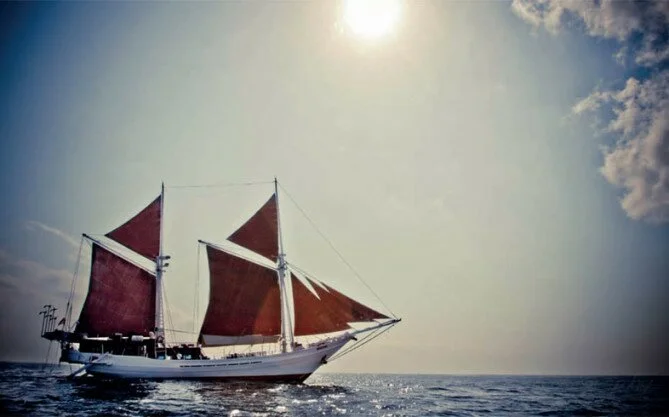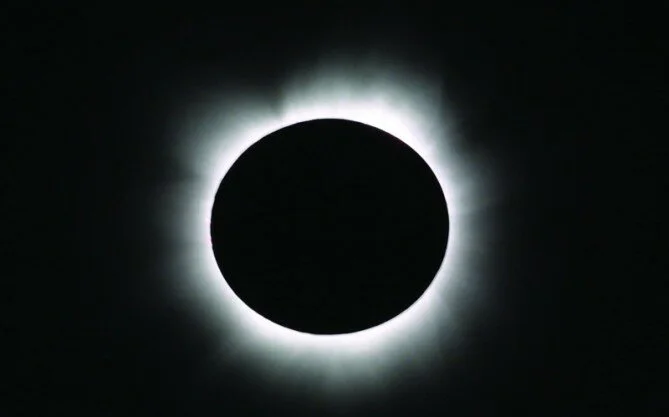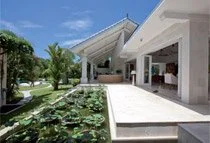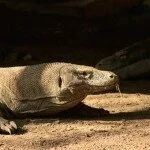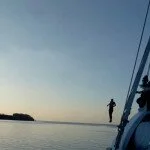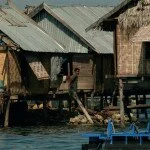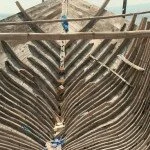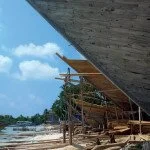- Sailing off the Grid
- Sailing off the Grid
- Sailing off the Grid
- Sailing off the Grid
- Sailing off the Grid
- Sailing off the Grid
- Sailing off the Grid
- Sailing off the Grid
- Sailing off the Grid
- Sailing off the Grid
- Sailing off the Grid
- Sailing off the Grid
- Sailing off the Grid
- Sailing off the Grid
- Sailing off the Grid
- Sailing off the Grid
- Sailing off the Grid
- Sailing off the Grid
- Sailing off the Grid
- Sailing off the Grid
- Sailing off the Grid
- Sailing off the Grid
If the idea of sailing through tropical seas and islands on a traditional wooden schooner floats your boat then eastern Indonesia is definitely the place you need to go. With 15 – 18,000 islands depending upon your source, to see more then just the bits connected by airports, you are going to need a good ship beneath your feet. Preferably one that has a capable captain, a strong crew, is super-seaworthy and has a good ship to shore radio. If you then throw in some super luxury cabins, gourmet meals, a cruise director, some sun loungers and 12 days of sunshine and exploration with no Wi-Fi or phone connection for love nor money, then you’ve got a recipe for one of the best and most relaxing holidays of your life.
At around 10am, one day in September in the port of Labuan Bajo in western Flores, our tender boat left the wharf with our party of five and headed out to the beautiful white and blue behemoth anchored and waiting out in the bay: the Ombak Putih, a 42-metre long phinisi sailing ship owned by Sea Trek, a Bali-based company that specialises in taking people on voyages of exploration through the Indonesian seas and tiny islands that make the archipelago such an extraordinary melting pot of natural beauty and cultures.
Ombak Putih means ‘white wave’ in Indonesian, and she has been sailing the waters of eastern Indonesia for nigh on 20 years, with her keel laid in 1995 and operations starting the following year. Regular maintenance and lots of love by her owners and crew has kept her ship shape and Bristol fashion and she is a delight to sail on. Painted white, with blue trim and sails and a hardwood superstructure, she lives up to her name as she cuts through these tropical waters.
Our itinerary would take us across the Flores and Banda Seas, passing through stunning picture postcard island groups with names such as Bonerate and Wakitobi, all the time visiting small island communities, snorkelling on pristine reefs, and finally visiting the fabled Spice Islands of Banda, before finishing up in Ambon, the capital of the Moluccas.
After a meet and greet with our fellow passengers and some unpacking, we were underway to Rinca Island a short sail to the west for a date with some Komodo dragons. These monsters are huge and there were a lot of them hanging around the visitor centre, but all in all they are pretty sedentary and there wasn’t a lot of excitement going on. However, we did encounter one or two whilst trekking up in the hills, and later came across a few buffalo and pig carcasses, which had been stripped clean. Grizzly evidence of the deserved media hype not to mess with the dragons!
Dinner was served as we weighed anchor soon after sunset, the first of many exquisite meals during the voyage, and afterwards we sank a few drinks on deck (again, the first of many) under a brilliant canopy of stars in the warm night air, savouring our first day at sea and looking forward with calm excitement to the 11 days of island hopping and sailing that lay ahead.
Seatrek plan their trips very precisely by doing historical research and discussing with their captains, tour guides and experts the best routes to take and the best islands to visit to allow their guests to get a good appreciation of island life in Indonesia. The next morning we made the first of many island visits at Bonerate, a shipbuilding island where we were met by hordes of excited kids who escorted us along the beach and around the village and on to their school, where we were serenaded with a few songs in our honour; quite off-key but beautifully felt all the same.
These islands see maybe one boat every year or couple of years, usually from SeaTrek, so when we moored in the bay, it was no wonder the excitement was so high amongst the kids. It was more than a little confronting for nine-year-old Frankie, one of the boat’s passengers, who was the object of intense curiosity by both the island women and their children, who were fascinated by her intense white skin and other-worldliness.
After a couple of hours we made our way back to the ship in time for lunch and a lie down before slipping anchor and sailing off in search of a good spot to snorkel along the reef where we saw sharks, sea snakes, turtles, sting rays and so many varieties of fish and corals that we simply lost count. Then it was back to the boat for a swim, sunset drinks, dinner and a few more drinks under the stars before bed, and that was pretty much how each day panned out from here on out for the next week. It was glorious!
The cruise was made perfect by our crew and our Dutch cruise director. Each time we returned from any excursion there were welcome drinks, cold towels, turned down beds and a hot meal was not far away. They fed us, entertained us, partied with us, sang to us, ferried us around, kept our cabins in order, and made sure our boat got to where it was going with a minimum of fuss and a complete lack of sinking.
On about day six (I honestly can’t remember since I was too chilled out to notice any more) we headed out into open sea for two long legs that would take us across the open sea towards the Banda Islands, which were still a good couple of days sailing away. The Ombak Putih usually uses motor power for getting around but with a strong westerly behind us we were able to put up the sails and see her in all her glory under canvas. This is how you want to travel at sea, believe me.
We were sharing the route with dolphins and pods of migrating sperm whales, and we were all lining the rails with our eyes peeled for the next waterspout as they breached, with one massive individual surfacing not 20 metres off the starboard bow and spraying the deck with water. Now, that’s something you don‘t see everyday.
After two days of sailing with an open horizon the Banda Islands came into view and our excitement grew afresh. These were the fabled Spice Islands, the only place in the world where nutmeg grew, and the desire and greed to control the trade spawned Europe’s great age of exploration, created untold wealth, caused wars between the Dutch and the English, and led to untold suffering for the vanquished. This was certainly the highlight of the trip, with everyone on board having done their homework on the great tales and misdeeds behind these once coveted islands, and we were all keen to walk amongst the nutmeg forests, discarded canon and along the old castle walls to feel the history come alive.
Nutmeg may no longer have its outrageous price points, but there is still a market for the spice and each family has their own allotment of trees, the nutmegs from which they sell to the government. The villages are prosperous and the people certainly don‘t seem to have care in the word, and visiting the islands of Run, Ai, Lonthar and Banda Neira, we were greeted with smiles and warmth everywhere we went. Meanwhile, our anchorage just off the shores of the 600m high active volcano, Gunung Api, could not have been more beautiful if it tried.
It’s amazing where 10 days can go when you are doing so much of the same each day, but we were finally reaching the end of our journey and it was time to set sail for Ambon just over 100km to the north. After a final morning ashore for some of us, and snorkelling for others, the anchors were raised for the final time and we pulled out into the channel and sailed into the harbour for one last view of Banda Neira town before sailing off. As we turned to head out, a native war canoe, a kora kora, with 40 Bandanese warriors came speeding towards us, paddles splashing, drums beating and voices chanting, in a spectacular and moving send off from their beautiful islands. They followed us for a good 500 metres up the channel, before the speed of our motors became no match for the power of their arms.
Our time was up and the real world was calling us home, but not for another day and a night, so we settled in for one more afternoon and evening of relaxing, good eating, a good few icy cold cocktails, a good night’s sleep and an unending ocean horizon stretching before us in every direction.
For more information on how to best visit the islands of Eastern Indonesia in a way that you never imagined, visit www.seatrekbali.com and hit the high seas for an experience you will never forget.
Text by Michael Travers
Photos by Jennifer Hayes & Michael Travers




